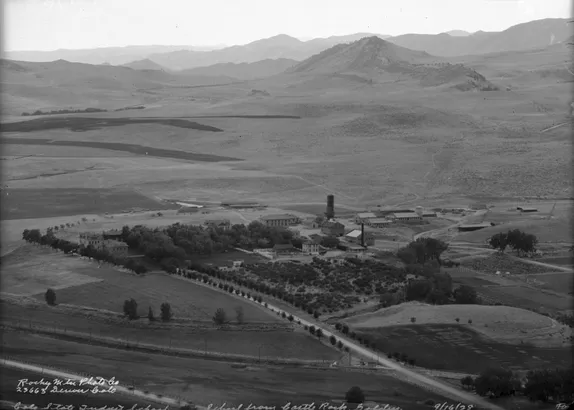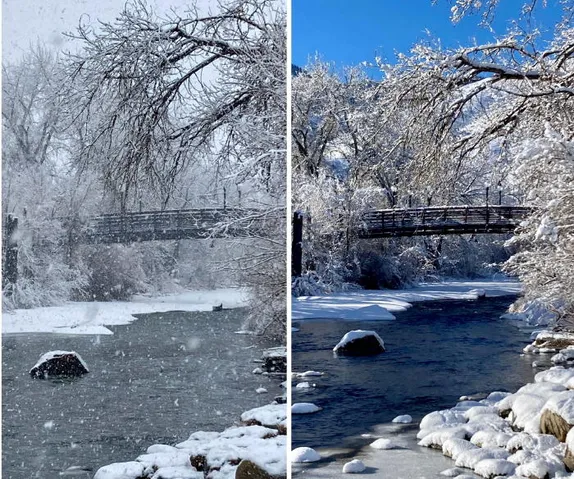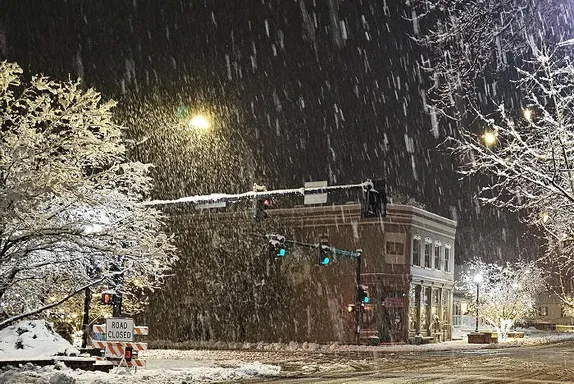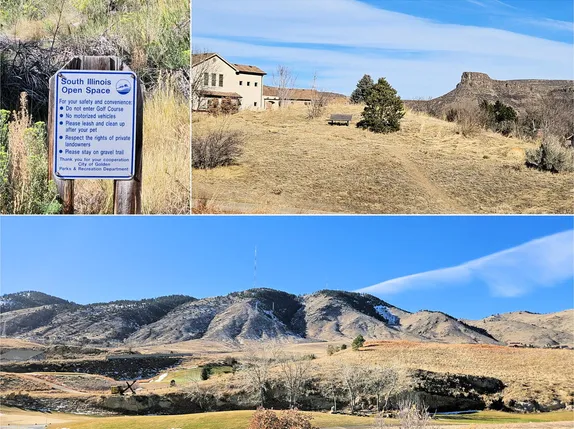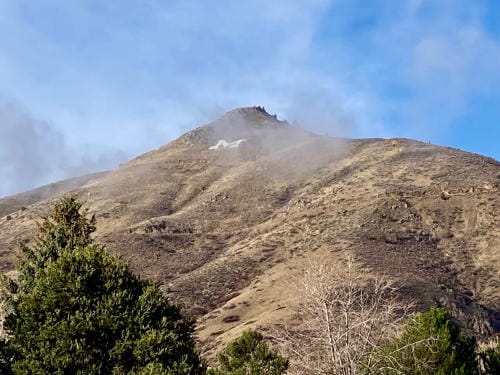
Virtual Events
6-6:55AM Virtual Dynamic Circuit
8:30-9:30AM Virtual Power Training
10:15-10:45AM Cuentacuentos
10-10:55AM All Levels Yoga Virtual
11-11:55AM Find Your Balance
4-4:30PM Kids Martial Arts Class
Real World Events
12-4PM Stich’n B*tch @ Golden Quilt Company
4-5PM Brush Robots @ Golden Library
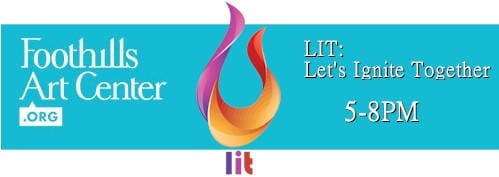
5-8PM LIT: Let’s Ignite Together @ Foothills Art Center
6-9PM Golden Game Guild Meet-Up Mondays @ Golden Game Guild
6:30PM GURA Board Meeting @ City Hall
The Golden Urban Renewal Authority will review City Council’s response to their 2022 work plan. Staff will describe the plan to reduce the number of lanes on West Colfax.
Most of the Legacy Fund has been allocated now, with the funds divided between Foothills Art Center’s renovation of the Astor House and the Miners Alley Playhouse reuse of the Meyer Hardware building.
FAC will be removing the non-original rear addition to the Astor House and demolishing the small brick wash house soon. They are planning a groundbreaking for late May.
Miners Alley has chosen DT Construction as the general contractor. Their grand opening is planned to coincide with their annual fundraiser on September 24th.
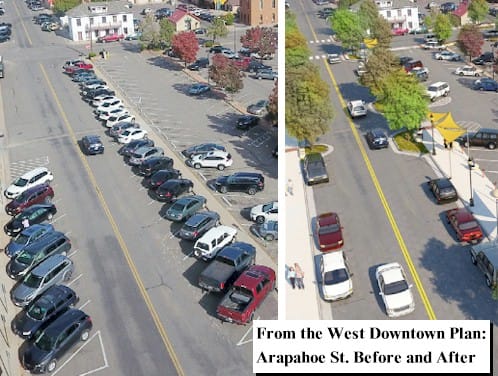
Staff may partner with Foothills Art Center to apply for a CDOT grant to redesign Arapahoe Street.
Staff is talking to a developer about building affordable or workforce housing at 17200 West Colfax (map).
The property at 17270 W. Colfax (map) may be redeveloped into mixed use, including 120 apartments.
The boarding house project in Gateway Village is scheduled for completion in late May. The GURA board will tour it in June.
The Planning & Economic Development Director is planning to hire a new Economic Development manager ($85-115K), who may replace Steve Glueck as the Executive Director of both GURA and the DDA.
Golden History Moment
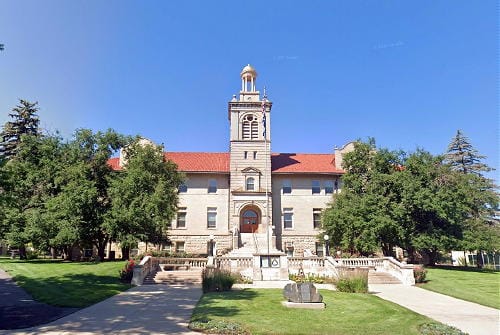
The Colorado School of Mines wasn’t always the quiet, scholarly place it is today.

115 Years Ago
The April 11, 1907 Colorado Transcript announced that the students and faculty of the School of Mines had settled their differences over a hazing incident. Hazing was an established tradition at that time, with each class aligned against the others. That year, the hazing process involved each group attacking the others and trying to bind the “enemies” hand and foot with rope.
In 1907, the School’s President, Victor Alderson, took exception to a hazing incident and expelled six of the students. The freshman, sophomore, and junior classes all declared they would go on strike if the six were not reinstated. The president said all of the students would be expelled if they didn’t show up in class.
The issue was resolved when the entire sophomore class visited the president’s home, confessed their guilt, and offered to receive the same sentence as the six who had been expelled.

President Alderson commended the students for their “manliness,” distributed cigars all around, and reinstated the formerly expelled students. He mandated that in future, all hazing would be strictly forbidden.
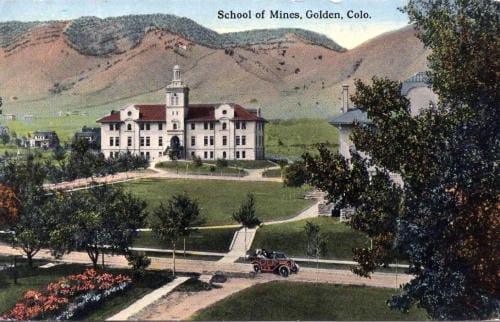
The prohibition didn’t stick. As described in Rocky Mountains to the World: A History of the Colorado School of Mines:
During 1915 and 1916, it was not unusual for students to ride around Golden in cars while shooting off revolvers and throwing lighted sticks of dynamite onto the streets.
The same book describes an event in 1917:
…with drinking, starting fairly early in the morning. By afternoon, many students were feeling little or no pain. During the baseball game, the sophomores began a favorite campus sport called “wrinkling,” an activity involving the forceful rubbing of dirt and stones into the bare abdomens of prostrate freshmen. On this particular day, however, a faculty member was “wrinkled”–an indiscretion that later resulted in five sophomores being suspended.
This event proceeded similarly to the 1907 incident: the student body went on strike and the faculty relented, with all students–included those who had been suspended–being allowed to return to class.

In 1917, the United States entered World War I, and in the fall of 1918, all male students were required to serve in the Student Army Training Corps. The Army effectively took control of student schedules, and left no time for student pranks.
The war years may have had a lasting effect, because the School was never again as tempestuous as it had been in the pre-War years.
Thanks to the Golden History Museum for providing the online cache of historic Transcripts, and to the Golden Transcript for documenting our history since 1866!

